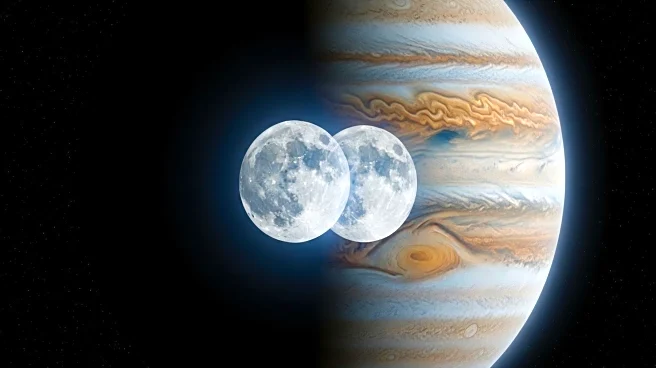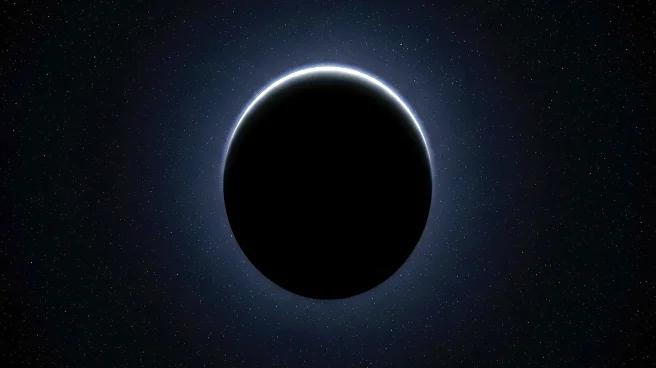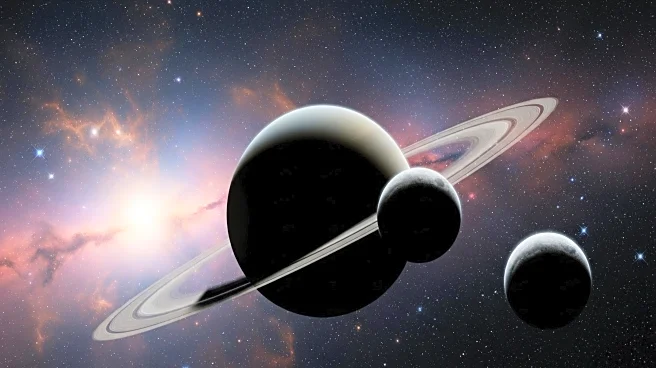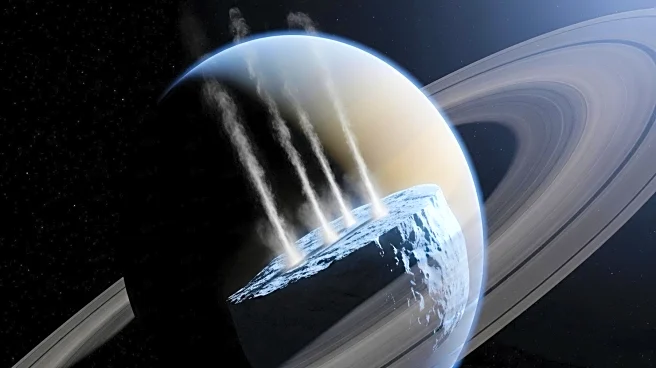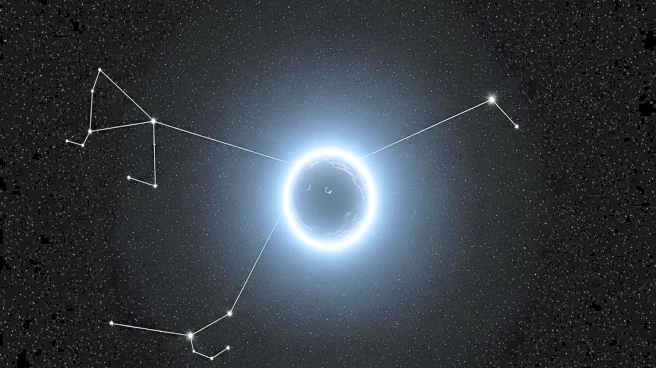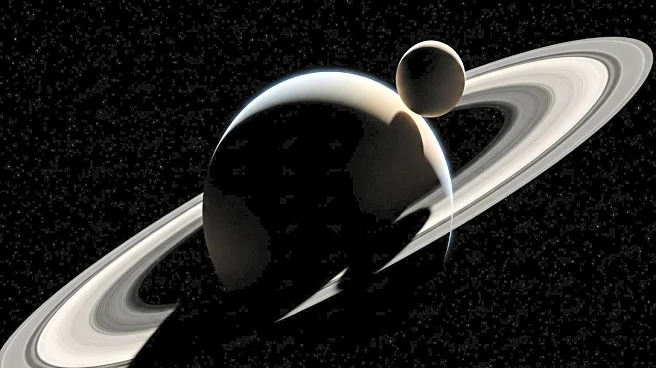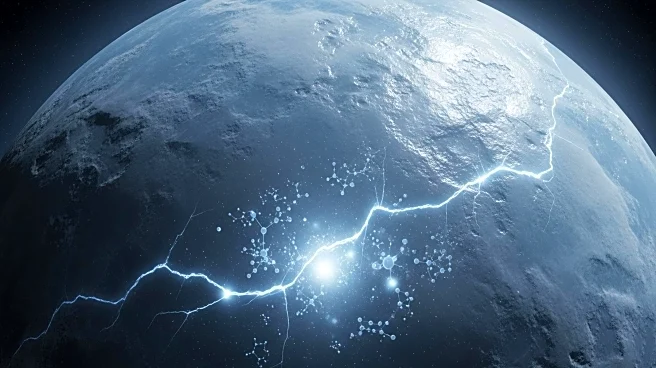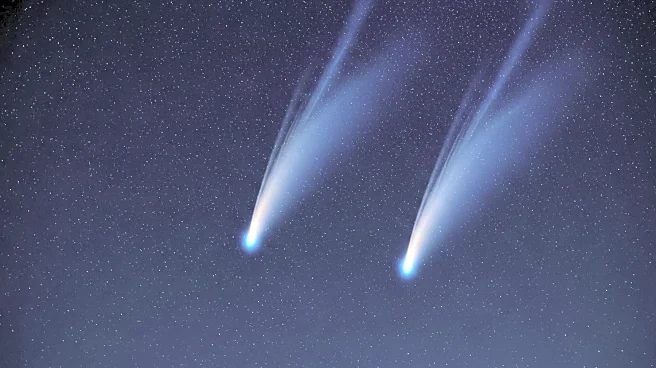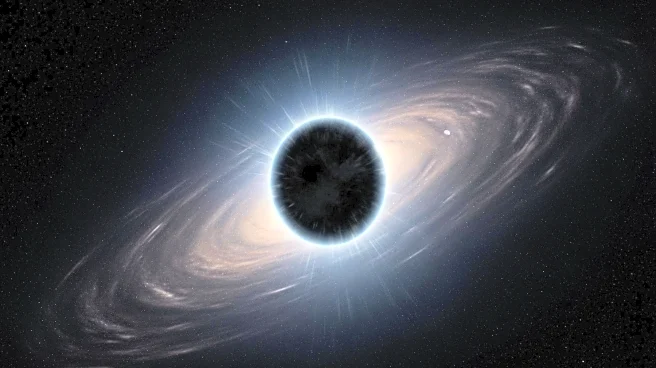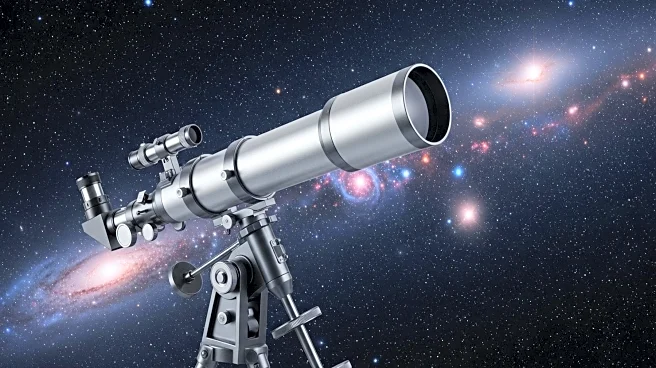What's Happening?
Recent observations by space probes have revealed that several smaller celestial bodies in the solar system, such as Enceladus, Io, and Pluto, remain geologically active despite being expected to have cooled off if they were billions of years old. These findings challenge secular models that predict these bodies should be cold and inactive due to their age. The ongoing activity includes erupting geysers, volcanic activity, and signs of subsurface oceans, which suggest these bodies are younger than previously thought.
Why It's Important?
The discovery of active geological processes on these celestial bodies has significant implications for our understanding of the solar system's age and formation. It challenges the long-held secular timeline of billions of years and supports alternative theories, such as those based on biblical creationism, which propose a much younger solar system. This could lead to a reevaluation of scientific models and theories regarding planetary formation and evolution, impacting educational and research approaches in astronomy.
What's Next?
Scientists may need to develop new models to account for the unexpected heat and activity observed on these celestial bodies. This could involve exploring alternative heat sources or mechanisms that could sustain geological activity over shorter timescales. The findings may also prompt further exploration and study of these bodies to better understand their composition and history, potentially leading to new missions or research initiatives.
Beyond the Headlines
The ongoing debate between secular and creationist views on the age of the solar system highlights the influence of worldview on scientific interpretation. The findings underscore the importance of considering different perspectives and the potential biases that can affect scientific conclusions. This could lead to broader discussions on the role of worldview in scientific research and education.

